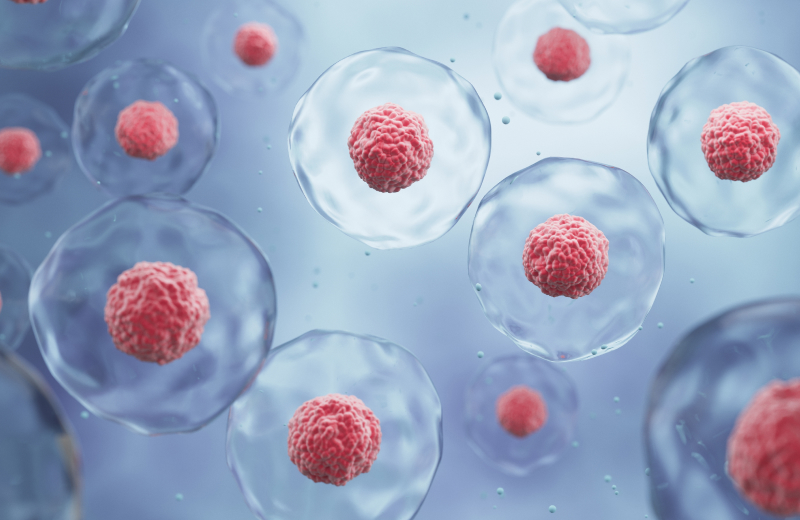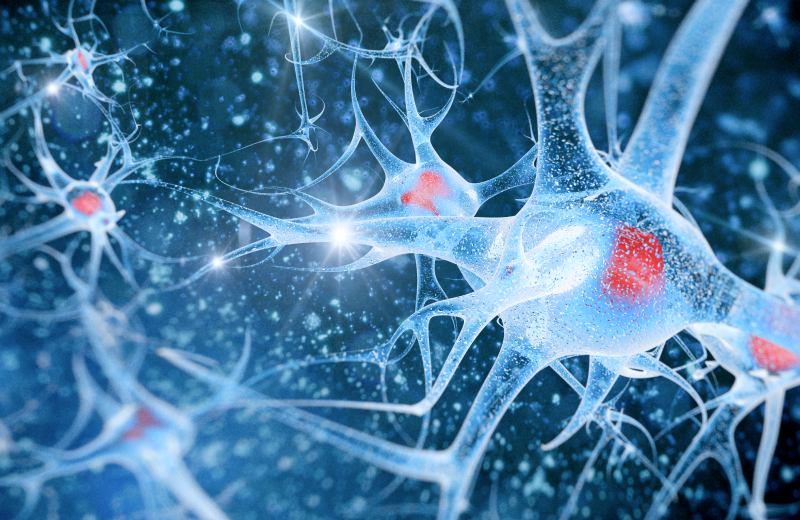About Cord Blood
Cord blood is 100~200cc of blood collected from the umbilical cord after childbirth,
making it a precious resource that can only be obtained once at birth.

- 01Application of Cord Blood
- Cord blood is rich in hematopoietic stem cells, which produce white blood cells, red blood cells, and platelets. These cells are essential for treating intractable blood disorders such as leukemia and aplastic anemia, making cord blood a valuable alternative source of hematopoietic stem cells to bone marrow.
- 02Research Progress
- Cord blood contains a large quantity of mesenchymal stem cells that can generate various tissues, including cartilage, bone, muscle, and nerves. These mesenchymal stem cells are actively used in regenerative medicine to treat a wide range of diseases, with numerous clinical studies underway globally.
- 03Cord Blood Collection
- Cord blood collection poses no burden to the mother or the newborn, and the cord blood obtained is an invaluable resource for developing treatments for intractable diseases. Recognizing its potential, Hucord is committed to continuous research and growth to leverage cord blood for medical advancements and the promotion of health.
Stem Cell

- Hematopoietic stem cells play a crucial role in producing white blood cells, red blood cells, and platelets in our body. Hematopoietic stem cell transplantation involves removing diseased blood cells through chemotherapy or radiation therapy, followed by the infusion of healthy stem cells to restore blood and immune function. Just 100ml of cord blood offers the same efficacy as approximately 1,000ml of bone marrow.
Hematopoietic Stem Cell

- Referred to as the “Cells of Dreams and Hope” in the 21st century, stem cells can differentiate into approximately 260 types of cells within the human body. Notably, cord blood mesenchymal stem cells have superior capabilities for self-renewal and differentiation into various tissue cells compared to mesenchymal stem cells derived from fat or bone marrow.
